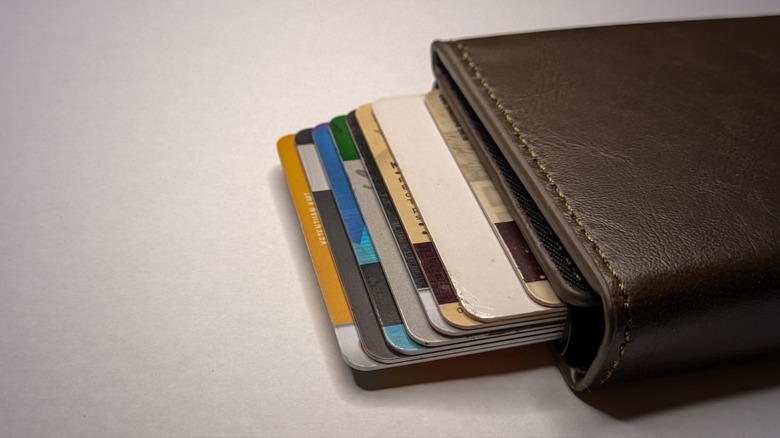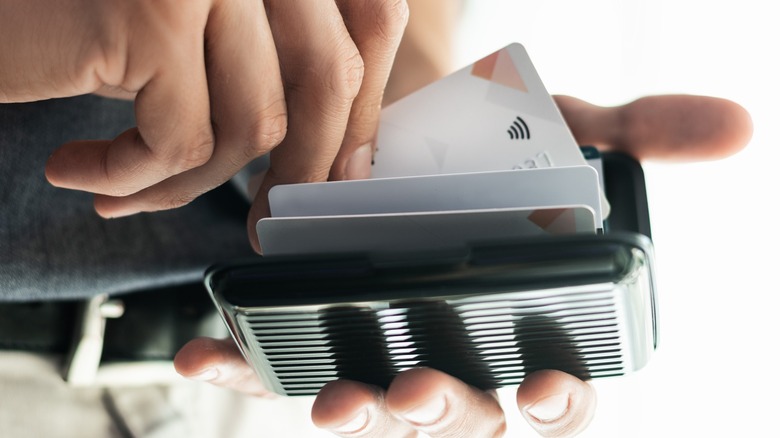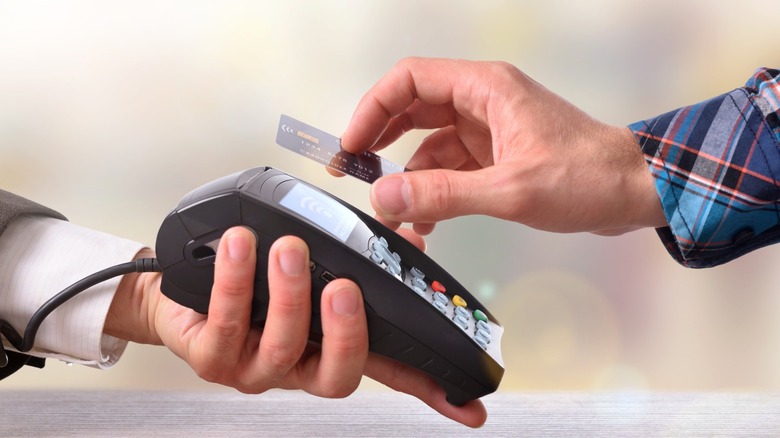What Is An RFID Wallet & How Does It Protect Your Information From Scanners?
Regular wallets hold your cash and cards in one place so nothing slips out. However, for a while now, there has been some buzz about RFID-blocking wallets everywhere. They look like any other wallet, but claim to do what a regular wallet can't in this digital age: offer electronic protection so your card details stay private when a scanner comes close. Now, the real question is whether it actually protects you?
Let's start with what RFID means. It stands for Radio-Frequency Identification. Essentially, it's a way to identify things with radio waves. So, the tag (a tiny chip with a small loop of wire) works together with an antenna. That tag stores an ID or small bits of data. Usually, a nearby reader has to create an electromagnetic field. When the tag enters that field, it powers up and transmits its ID or data to the reader.
Think about how you use an access card, debit card, or ID. When you hold it close to a door reader or payment terminal, it scans and works. That's NFC (Near Field Communication), a type of high-frequency RFID. It works only at a very short range, usually a few centimeters. If the field doesn't reach the chip, the chip remains dormant, and nothing is transmitted. Now, that's the core idea behind the best RFID-blocking wallets. Manufacturers line the wallet with conductive materials (like carbon fiber and aluminum foil) that create an electromagnetic shield, so your card is unable to transmit any information while the wallet is closed.
How practical is an RFID wallet?
At some point, it did seem like a practical solution. Early lab experiments proved that it was possible to read some contactless cards at close range. However, things tend to work differently in real life. The range is extremely narrow, so in practice, a scanner must be almost directly on top of your card. Plus, the chip needs power from the reader, and pockets, bags, and other cards makes this even harder.
Because it takes that much intent and proximity, a thief would need to stand very close to you for long enough to get a clean read and hope nothing blocks the signal. But the thing is, criminals prefer easier, higher-yield attacks. And "drive-by" skimming just isn't how most fraud happens. That's one of the computer hacking myths you need to stop believing. Besides, cards have also changed. Modern tap payments use EMV contactless. Each tap creates a unique cryptogram, so a captured signal is not reusable. On top of that, these systems don't expose sensitive personal details like your name or social security number. So, even if a signal leaks, it is rarely enough to clone the card or pull off an unauthorized purchase.
Aside from cards, passports also use RFID technology. However, e-Passports issued by the US government in particular already have extra layers of protection in place to prevent unauthorized skimming. As for workplace badges and older transit cards, they are indeed weaker. But a simple shielded sleeve or wallet can help if you are worried about casual reads in crowded places.
So, do you need an RFID wallet?
An RFID wallet does block reads. For most people, however, it's more of a product that offers peace of mind than any real protection. That's because the truth of the matter is that this is not the main thing stopping card fraud. But if it helps you feel safer, get one you like. What actually protects you more are the basics like turning on instant transaction alerts in your banking app; locking or freezing your card when you misplace it; using NFC mobile payments (which add tokenization and device authentication); guarding your phone and email with strong passwords and 2FA; and being careful with links and attachments, since phishing still drives a lot of fraud today.
If you still want one, buy a good one. Look for 13.56 MHz coverage, which is the band used by NFC and most payment cards. Select a full-enclosure sleeve or a wallet that completely surrounds the card. Also, make sure to check the build quality. The thicker the material, the better the coverage. Then test it yourself: put one card in the wallet and try to tap a terminal. It should fail while closed and work normally when you open or remove the card.
Finally, the issue with RFID wallets isn't that they're a scam. They're radio shields, and usually work as advertised. It's just that the everyday risk they address is low, so you're better suited to developing habits that'll do more to stop the fraud that actually happens.


